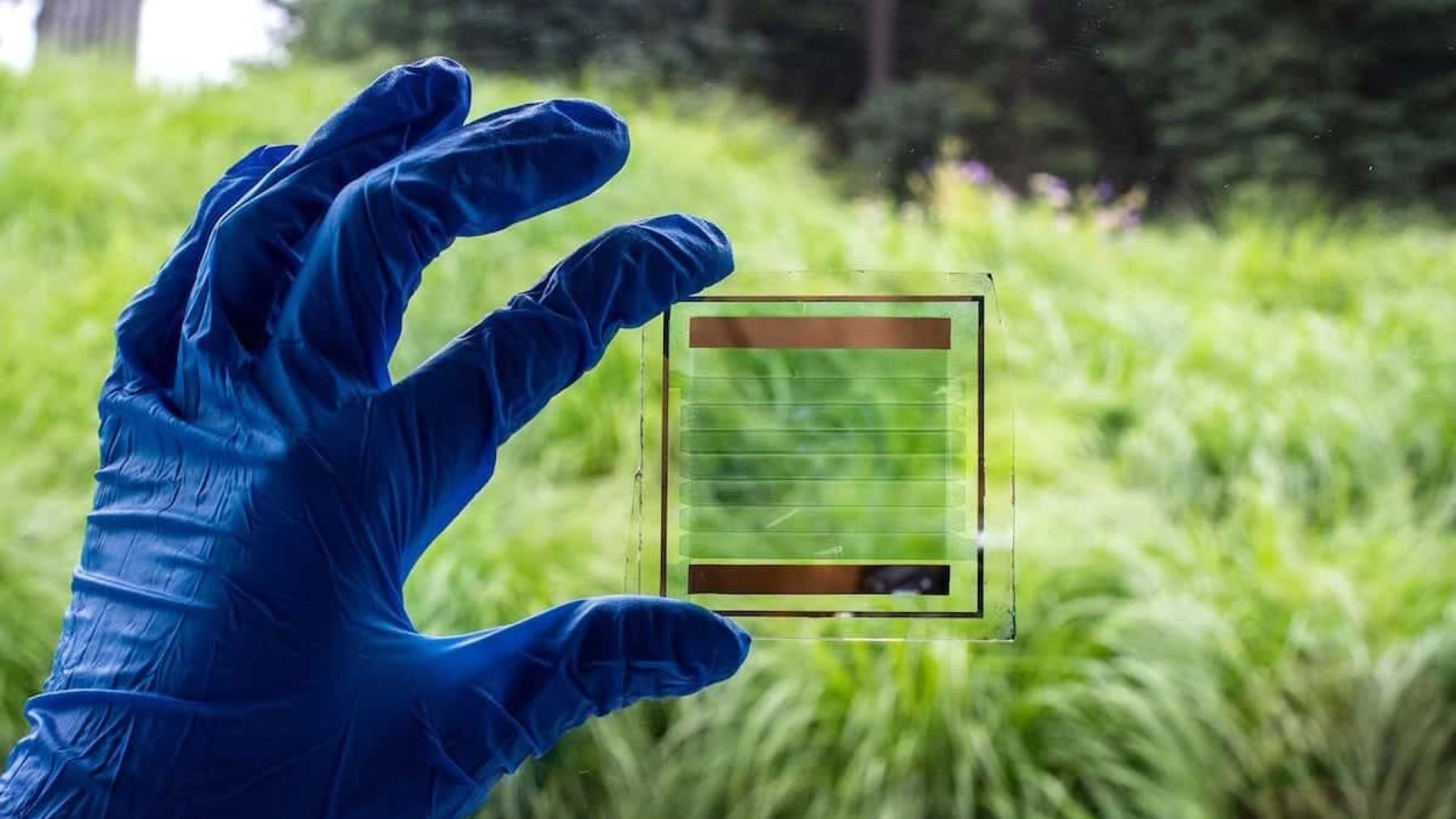A Spanish invention with a “life of its own” is causing a revolution solar panels. A new era dawned in the sector that is compared to the era of indoor solar panels that achieve a return of 42%. Climate change has caused growing concern around the world due to its devastating footprint on the environment. A large number of countries have come together to achieve the desired zero neutrality through the energy transition.
This means that fossil fuels are replaced by clean energy. And it is at this point that the solar panels They play a crucial role for humans. Solar energy is one of the most popular and relevant energy sources in the world and although technology continues to develop, for the time being solar panels They are the most commonly used devices that you can take advantage of. They have managed to stand out as an important solution to reduce negative environmental impacts.
These are energy ‘tools’ designed to convert sunlight into electricity, providing a range of environmental benefits that go well beyond clean energy production. According to the web portal ‘Celsius‘, solar energy (using solar panels) is spreading as a responsible option for energy consumption in line with the environment. In this context comes a Spanish invention with a ‘life of its own’, ready to revolutionize the concept we have today solar panels.
Solar panels change forever: the key lies in the UCLM
The University of Castile-La Mancha (UCLM)in collaboration with the Department of Physics, LNM Institute, Jaipur, Indiahas managed to develop photovoltaic devices, flexible and semi-transparent bodies that reach an efficiency of 16.35%made from small organic molecules. The manufacture of these photovoltaic devices has its origins in small organic molecules, which stand out for their flexibility and semi-transparent properties.
Led by teachers Fernando Langa j Pillar of the Cross and the participation of other people, such as the teacher Juan Angel Organerothe study focuses its attention on 3 new molecules designed and synthesized in the Toledo Campus. These molecules were used to investigate the effect of halogens on the efficiency of these devices.
They are organic solar cells with bulk heterojunction (BHJ). The results showed that the incorporation of chlorine atoms into the structure of one of these molecules significantly increased its efficiency, which reached 16.35%.
In concrete terms, it involves an analysis of the UCLM organic molecular materials group in collaboration with the aforementioned Indian department. These flexible and semi-transparent organic photovoltaic devices with an efficiency of 16.35% are much more competitive than the previously known products based on silicon-containing material. However, the efficiency of the latter remains greater.
This university shows what the future of solar panels could be
Its manufacture, made from small organic molecules, stands out for its flexibility and semi-transparent properties. This is evident from a study published in the journal Solar RRLunlike what happens in conventional silicon solar cells“organic ones are lighter, cheaper to produce and easier to implement in applications such as wearable devices or curved surfaces.”
Furthermore, its production through printing processes enables mass production, opening “new possibilities for its use in the renewable energy industry and in specific applications such as portable electronic devices for traffic signaling.”
This Spanish invention with a “life of its own” represents an ecological alternative to… solar panels traditional silicon. An option that is just as ideal as the new solar panels without installation.

